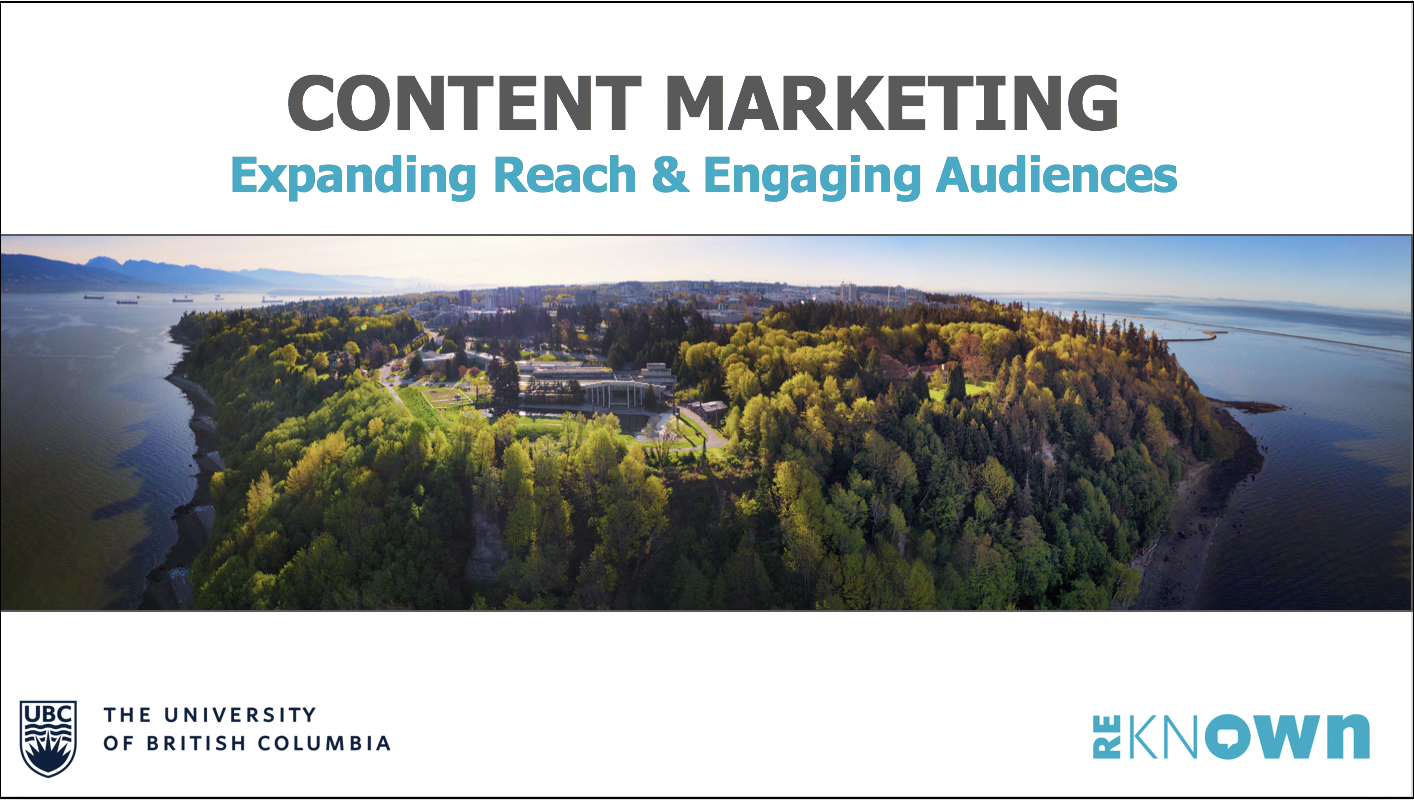By Daniel E. Craig, Founder, Reknown
To drive sales, tech companies need to reach decision-makers. As traditional methods like advertising, prospecting and social media increase in cost and decrease in effectiveness, more companies are turning to content marketing.
The trend is particularly evident in the hotel and travel technology space, where news sites and email boxes today are stuffed with brand content. The problem is that a lot of this content is thinly disguised promo material full of hype, dubious claims and clickbait. It’s not nearly as effective as it could be.
Having produced hundreds of articles, guides, webinars and presentations over the years, I’ve learned a lot about what works and what doesn’t. Here are a few of my recommendations.
What is content marketing?
People tend to differ on the definition of content marketing, but for me it’s about producing and distributing educational material to generate interest and engagement on topics related to a company’s core business. It comes in many forms, including articles, blogs, guides, white papers, webinars and videos.
When done well, content marketing offers numerous benefits: increasing visibility in search, building and engaging a qualified audience, driving website traffic and sales leads, and nurturing prospects along the path to purchase, upsells and renewal.
What content marketing isn’t
Content marketing is distinct from other forms of marketing because it attracts an audience by informing them about relevant industry trends, challenges and solutions rather than by advertising to them. Presumably your products are part of the solution, but if your material explicitly promotes your company, it’s not content marketing, it’s product or brand marketing. That’s fine—companies need both types. But if you try to pass off advertorial as editorial, you won’t fool anyone.
By the same token, while sensational headlines may drive clicks, if the content doesn’t deliver on promises it’s clickbait. Have the confidence that if the title conveys the importance and relevance of your topic, people will click to read it. If they like what they read, they may check out your company or reach out to the author.
What makes good content?
With guests to take care of and staff to manage, hoteliers and travel industry professionals don’t have a lot of time to keep up with trends and technology, but they know they need to. If you can help them, you will earn their attention and trust. You can do this by explaining complex topics clearly and concisely, offering solutions to their daily challenges, answering common questions, and sharing tips, insights, examples, best practices and relevant data from credible sources.
Who should author the content?
Ideally, content should be authored by company staff, not by the brand. People are more likely to read and share content from a credible, human source. Author high-level content by a company executive, which will increase the profile and may lead to invitations to speak at conferences and contribute to publications.
Content should demonstrate intimate knowledge of the topic, experience in the industry and strong writing skills. Otherwise it will ring false. Research the topic thoroughly, collaborate with colleagues and, when needed, hire a writer to do the work. If you’re producing video, photography or webinars, don’t try to wing it in house—hire an experienced professional.
How to distribute content
The company website acts as the content marketing hub, attracting organic traffic, views, downloads, leads and demo requests. To increase leads, gate select content so that visitors must complete a form to access it. To maximize reach and SEO benefits, open other material to access by all. Amplify distribution with social media and paid media.
Use content as a marketing tool to build your database, as a sales tool to engage prospects, and as a client support tool to nurture upsells and renewals. Submit articles to industry publications as opinion pieces or pay for distribution, bearing in mind that sponsored content tends to have lower reach and influence than editorial content.
Don’t be trigger happy
People are reluctant to fill out forms today because they fear being hit by a relentless stream of promotional emails. Use CRM software to automate and track distribution, but don’t harass database contacts until they opt out. Email your best content only, and keep a close eye on open rates, click-throughs and opt-outs.
Thinking of doing a webinar? Think twice
Webinars are a lot of work. It’s hard to get good presenters, and there’s no guarantee listeners will show up. Wait until you have a large database and sufficient resources to produce webinars professionally and can pay to promote them. Plan a series of webinars rather than a one-off, vet presenters carefully, deliver quality, educational content, and hold a rehearsal. Attendees will appreciate your efforts and your audience will grow over time.
Think long-term and holistic
Content strategy should be integrated into annual business planning, with a budget, content calendar, target audiences, tools and KPIs. To maximize ROI, choose big topics and develop a range of materials around them such as blog posts, articles, a guide and event presentations. Track performance, including views, shares, leads and conversions, and adjust your strategy as needed to optimize results.


